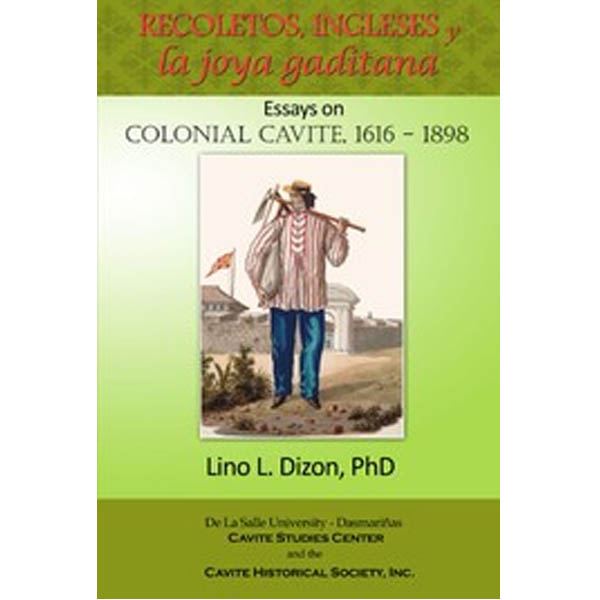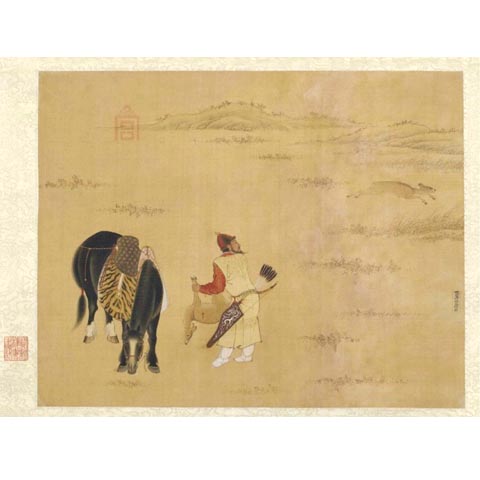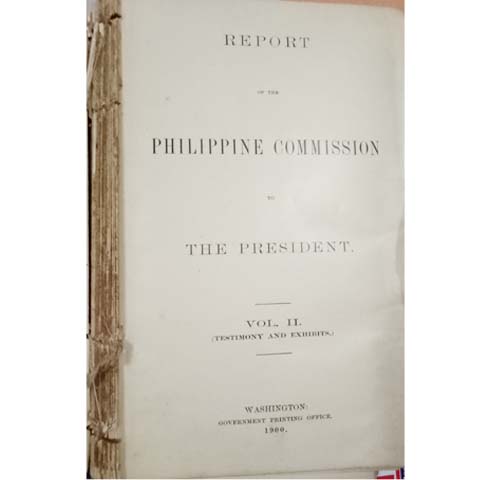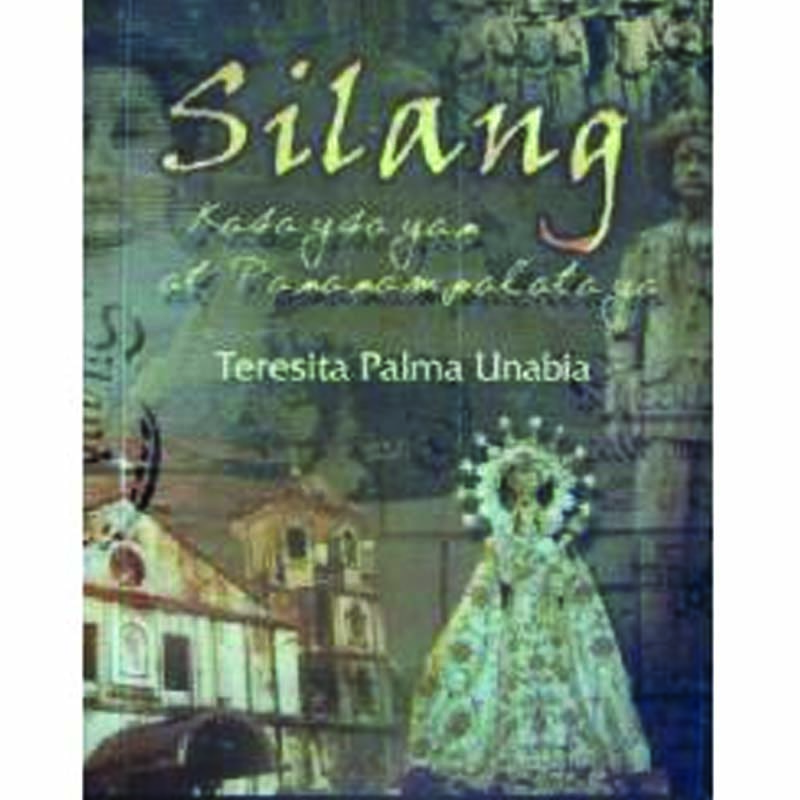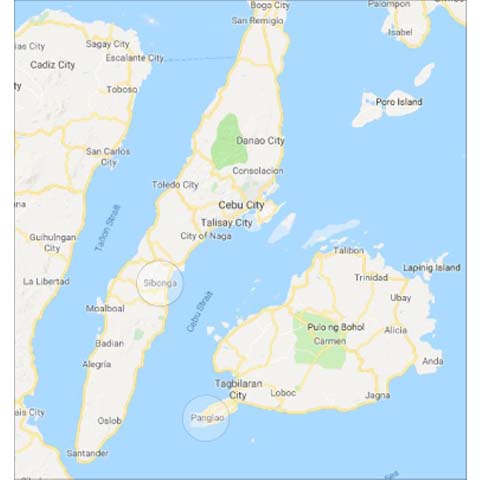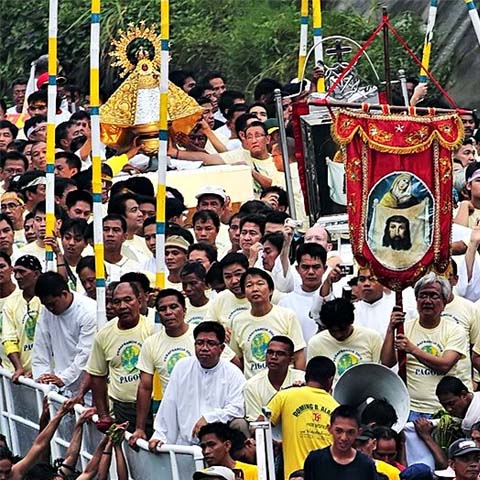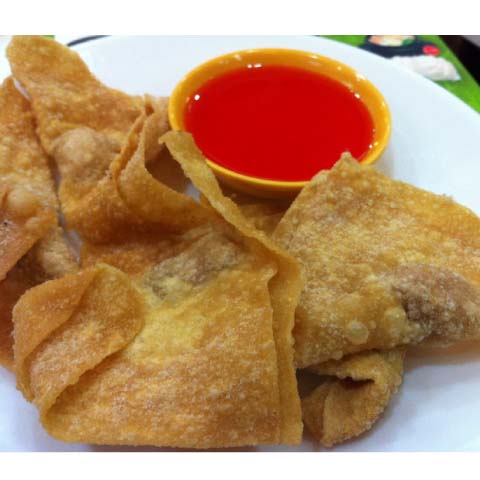In Manila Chinatown, two streets are named after 16th century Spanish priests: Salazar Street after Domingo de Salazar and Benavides Street after Miguel de Benavides. Benavides Street is perpendicular to Salazar Street, which in turn is perpendicular to Ongpin Street. The two streets were named after Salazar and Benavides who were pioneers in the Christianization […]


